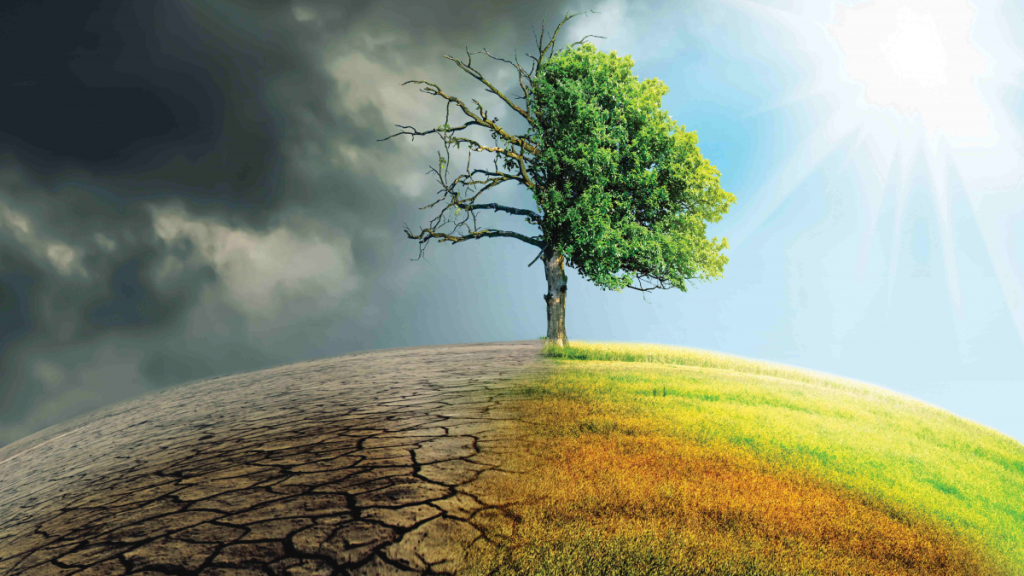
Concerns over climate change continue to mount, and there is an increasing demand for companies to decrease their environmental impact through whatever means possible. Take CO2 emissions, for example. In 2020, 140 of the largest companies stated their intentions to completely eliminate emissions within the next few decades. Since then many of their initiatives have focused on transportation. It makes the most sense on the surface, as cars and trucks are responsible for almost 20% of emissions in the U.S. alone. CPG (Consumer Packaged Goods) brands who have chosen to focus on the optimization of supply chains or reducing emissions within the “last-mile” of delivery may seem like the most logical, efficient step — but is it?
Many environmental champions also see sustainable packaging as a concrete measure to reduce CO2 or tackle environmental concerns, such as water depletion, due to the large consumption of water by various industries. Brands will often highlight their transition towards more eco-friendly packaging as one of their major initiatives to become more green, with hundreds of major corporations joining the Sustainable Packaging Coalition. Unfortunately, there is reliable evidence that these are not the right targets.
Surprisingly — and according to aggregate, anonymized data derived from over 10,000 products from a number of CPG brands and companies tracked via Dayrize’s environmental impact assessment technology — transportation and packaging are responsible for a relatively negligible amount of CO2 emissions by makers of CPGs and apparel. In fact, creating more sustainable methods for consumer products to be packaged and transported addresses a mere 2% of CO2 emissions. Another surprise revealed by the same data: when it comes to apparel, packaging is far less of a factor in water depletion than the actual product inside the packaging.
Dayrize environmental impact assessment technology makes these calculations by combining the latest technology with the most recent developments in sustainability science. At the core of the software solution are 31 databases — including 14 that are proprietary — that provide rapid, accurate and actionable impact results. The technology was created by a team of 80+ industrial ecologists and sustainability experts over a period of two years to provide the fastest and most accurate impact results available.
The results are generated using five key factors that produce a simple-to-understand Dayrize Score, which is out of 100. The factors include:
Circularity: How well an individual product minimizes waste by reusing and recycling resources to create a closed loop system;
Climate Impact: How greenhouse gas-intensive the production of the product is;
Ecosystem Impact: What the impact of the product is on biodiversity and water depletion;
Livelihoods and Wellbeing: How each product impacts the health and well-being of the people involved in creating it;
Purpose: How meaningful a product’s purpose is by looking at the value that it provides, and the potential it has to be an accelerator for good.
The environmental impact score helps companies and consumers gain insights into the environmental impact of all various products, including consumer packaged goods and apparel.
The necessity for environmental impact research is demonstrated in part by our look at the sources of CO2 emissions from consumer products, and water depletion in the apparel industry. Even incredibly popular and “common knowledge” solutions about how to address environmental harm meaningfully can often be incorrect in very significant — and possibly damaging — ways.
When it comes to CPGs, it’s crucial that companies keep the following facts in mind:
On average, only 1% of emitted carbon is due to packaging, while 1% comes from transportation and 2% can be traced to manufacturing for a typical consumer product.
The lion’s share of CO2 emissions come from the materials that are used in products. Up to 96% of the emissions that CPGs are responsible for are from a product’s materials.
CPG companies that want to be truly eco-friendly need to ensure their products are eco-friendly. To reduce carbon emissions, CPGs need to reassess the design of their products and their materials they’re using.
Packaging has a more consequential impact on water depletion when it comes to apparel, but nowhere near the impact of the apparel itself. For every 3.2 gallons of water that packaging depletes, the average garment depletes ten times that: 32 gallons. More eco-conscious packaging can increase an apparel company’s sustainability, but shifting attention to producing more sustainable garments can help reduce the 90% of water that is being used to create the garment.
There is an enormous opportunity to make garments more sustainable. After scoring tens of thousands of pieces of clothing, we found that only 1% of garments utilize materials that are reused. Additionally, only 5% of garments use recycled materials. This is paltry compared to the number of clothes disposed of each year: “The EPA reports that Americans generate 16M tons of textile waste a year, equaling just over six percent of total municipal waste…2.5M tons of clothing are recycled. But over three million tons are incinerated, and a staggering 10M tons get sent to landfills.”
Clearly, there are more than enough materials to re-integrate into apparel, which would help companies mitigate water depletion and other harmful environmental effects of their products.
Many companies may have good intentions, but they need to research how to achieve their goals of creating sustainable products. There are myriad ways to make it seem to the public that sustainability is a priority, but making it a reality requires both the willingness to make some tough choices and a clear understanding of what steps will truly make a difference.

